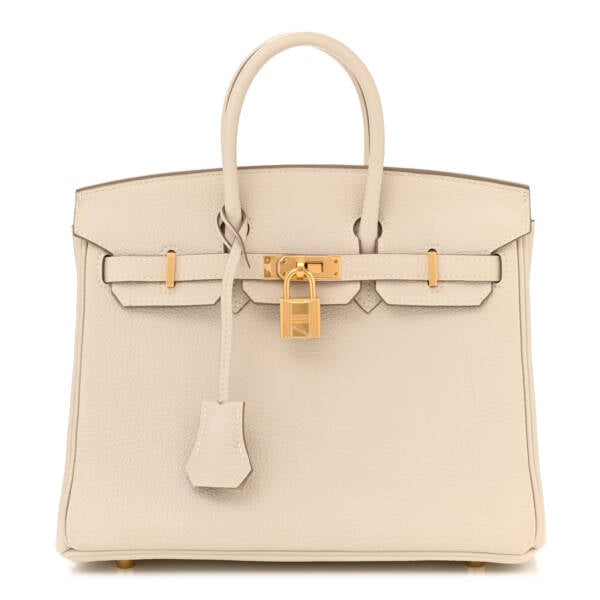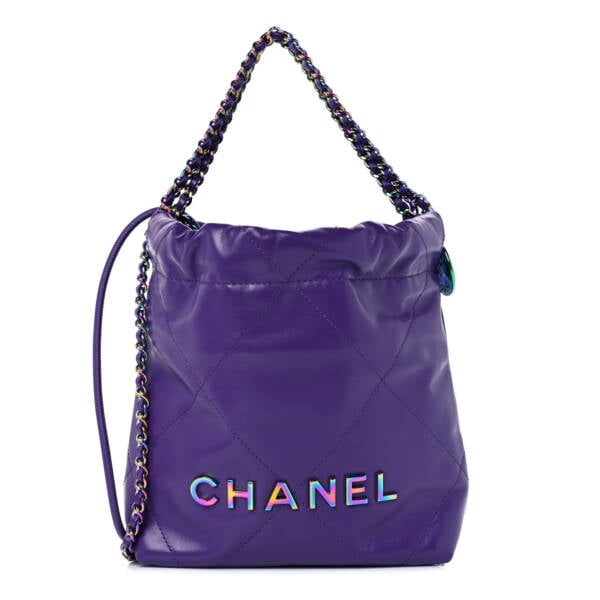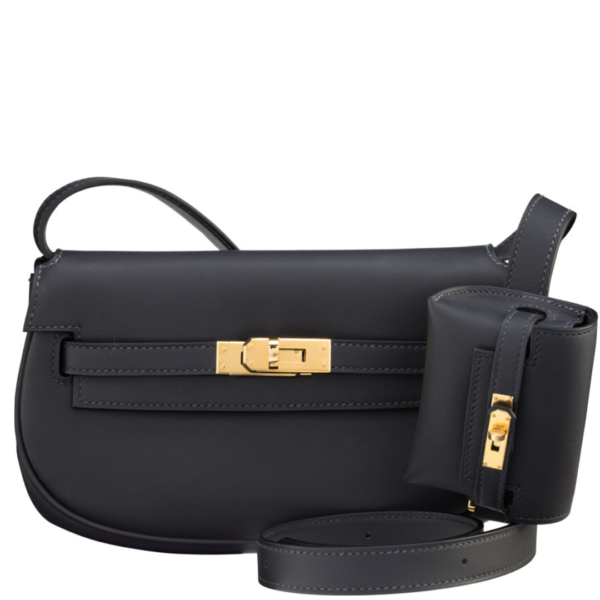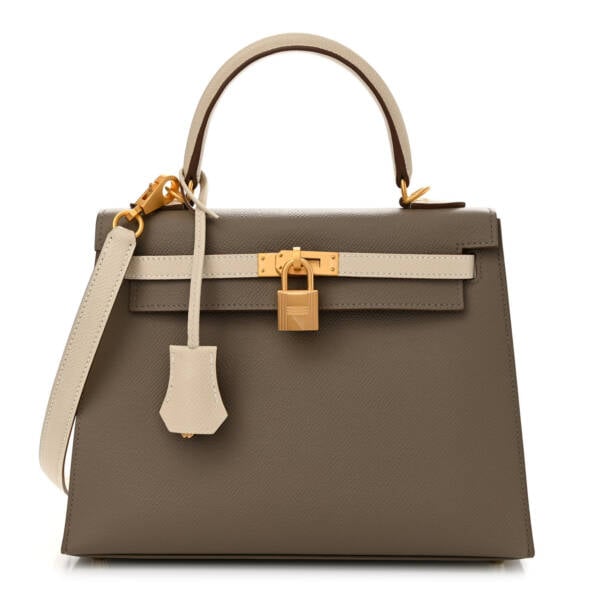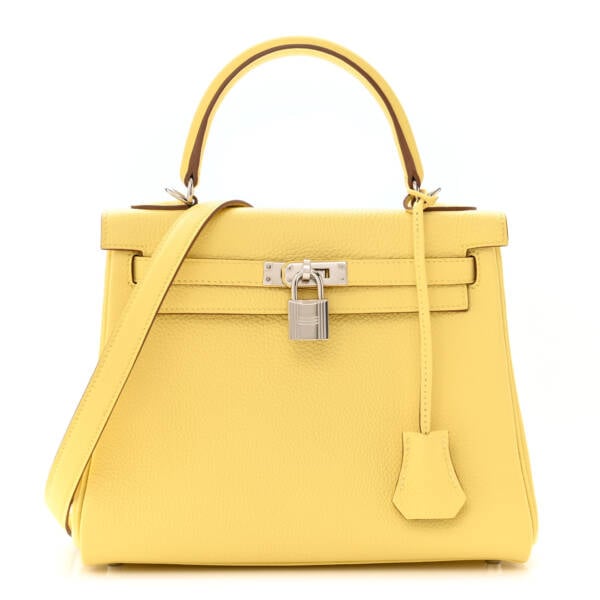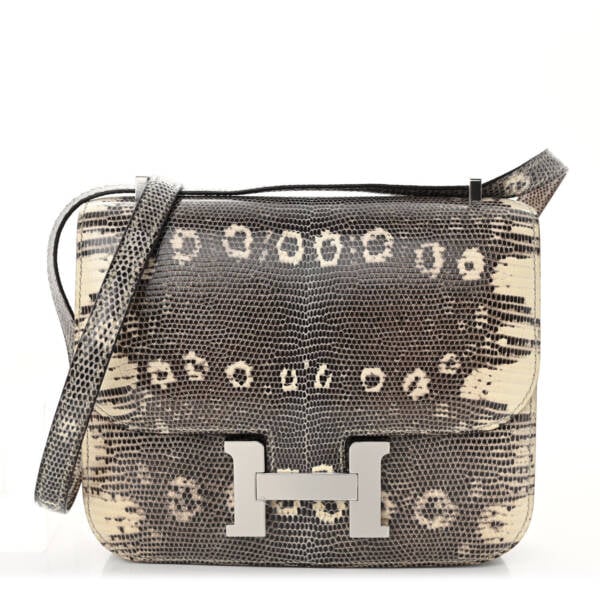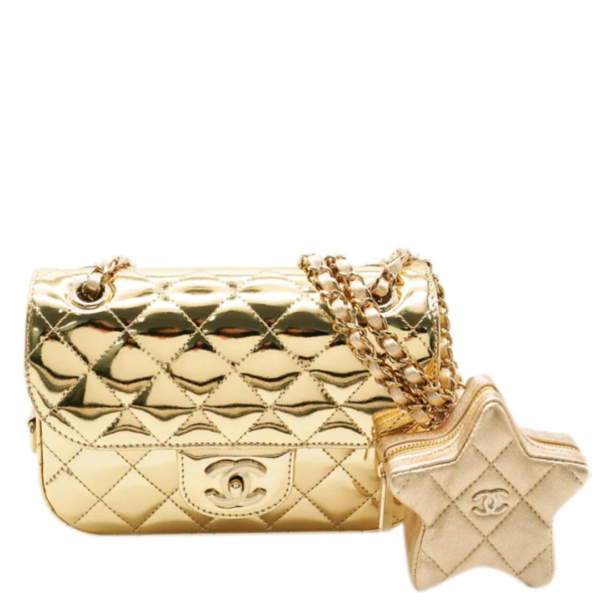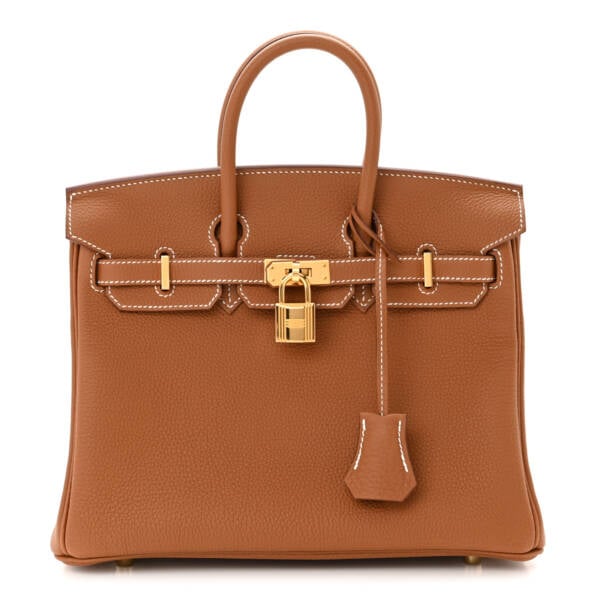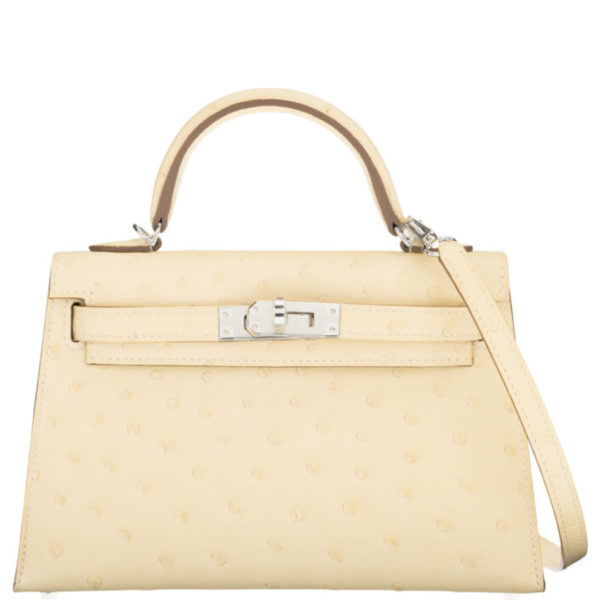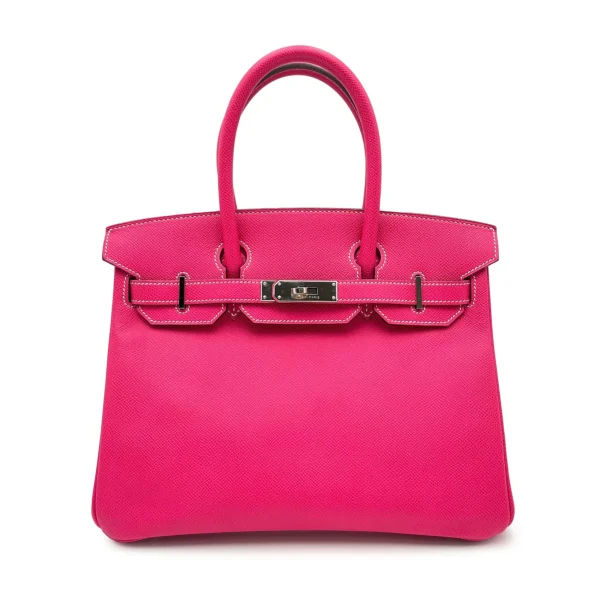When we think of luxury fashion, bags and shoes obviously come to mind. But perhaps the most universal picture we have of luxury brands is that of beautiful outfits making their way down a carefully-staged runway—the glitz; the magic; the unexpected colors, patterns, and shapes coalescing to present a creative director’s vision. It’s almost as if these clothes really embody fashion.
But luxury brand guru Luca Solca argues that ready-to-wear runway fashion is, in a word, dying. Solca, head of luxury goods at BNP Exane Paribas, penned a letter yesterday on The Business of Fashion with a shocking claim: “In most cases, when it comes to a brand’s ready-to-wear business,” he writes, “it’s a question of simply not losing too much money.”
Ready-to-wear is increasingly unpopular among consumers and too expensive for brands. In fact, many brands pay little attention to their catwalk styles after a show and don’t even attempt to sell the clothes. There are multiple reasons for this unpopularity. Fashion, Solca writes, has been “radically democratised”: shoppers can scoop up the latest styles for less (think Zara and Topshop). Additionally, unlike shoes, handbags, and accessories, clothes don’t convey brand names easily, and therefore are less amenable for status-symbol use (something consumers tend to care a lot about).
The upshot? Brands with deep roots in ready-to-wear are struggling. These brands dilute their equity faster than brands that specialize in leather goods or jewelry. And luxury houses in general are limiting sales exposure to apparel. Prada, Hermès, and Kering (which includes Alexander McQueen, Balenciaga, Gucci, and Saint Laurent, among others) have limited this exposure to about 10 percent. LVMH has largely shunned clothing sales. Brunello Cucinelli may be one of the only designer houses to “buck the trend,” which is likely due to its unique casual appeal.
For now, the only considerable value in ready-to-wear is its potential to maintain an aura of exclusivity and boost a brand’s image. But these benefits, of course, are incredibly difficult to measure.
What do you think of the downturn in ready-to-wear? Should luxury houses focus their efforts on shoes, handbags, and accessories instead? Or should they return to clothing? Do you buy ready-to-wear yourself? We’d love to hear your thoughts and experiences in the comments!
Read related articles below:
Burberry Finds Success in “See Now, Buy Now”
Prada’s Plummeting (but Recovering?) Profits
More Birkins, More Revenue (For Now?)
Luxury Retail Between a Rock and a Hard Place
Photo Courtesy: Footwear News
- Chloehadz posted 7 years ago
- last edited 7 years ago
Please login first to submit.
I was surprised you didn’t comment on Chanel. They seem to have a substantial clothing line as a percentage of their business, no? At least their stores take up alot of real estate for clothes.
- Libby McCarten Andrews replied 7 years ago
- You must login to post comments



